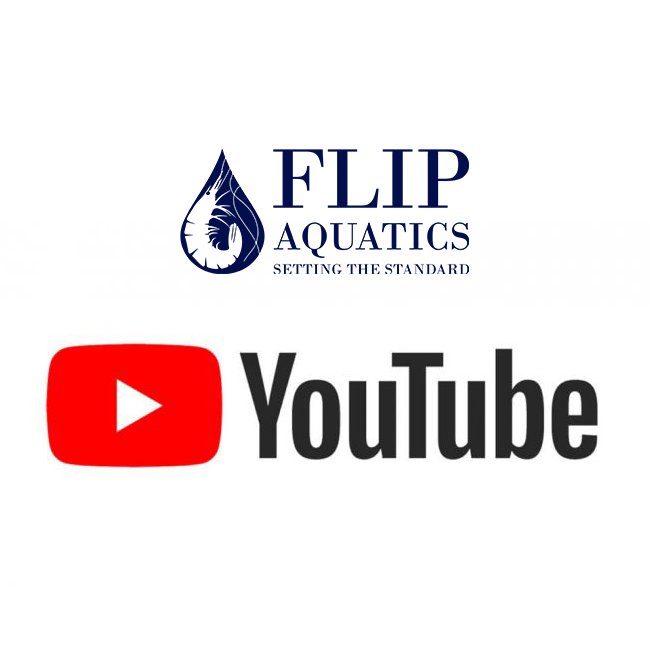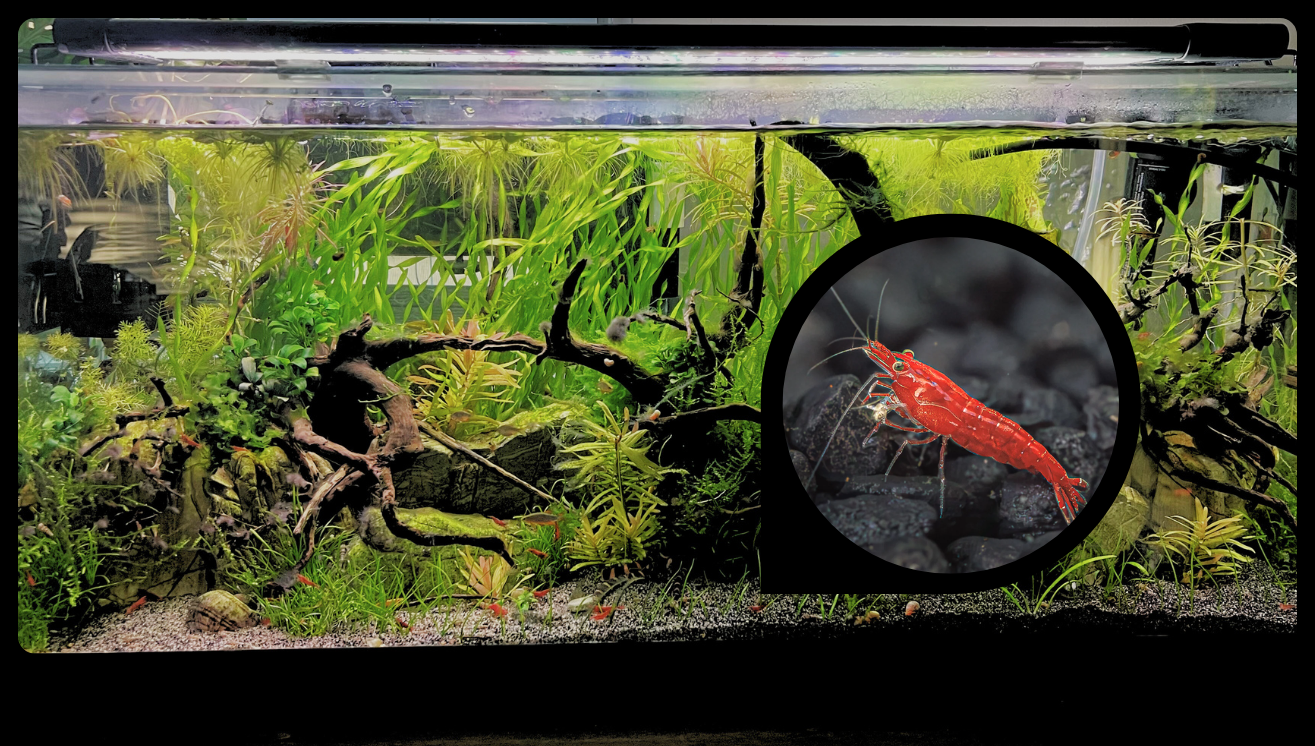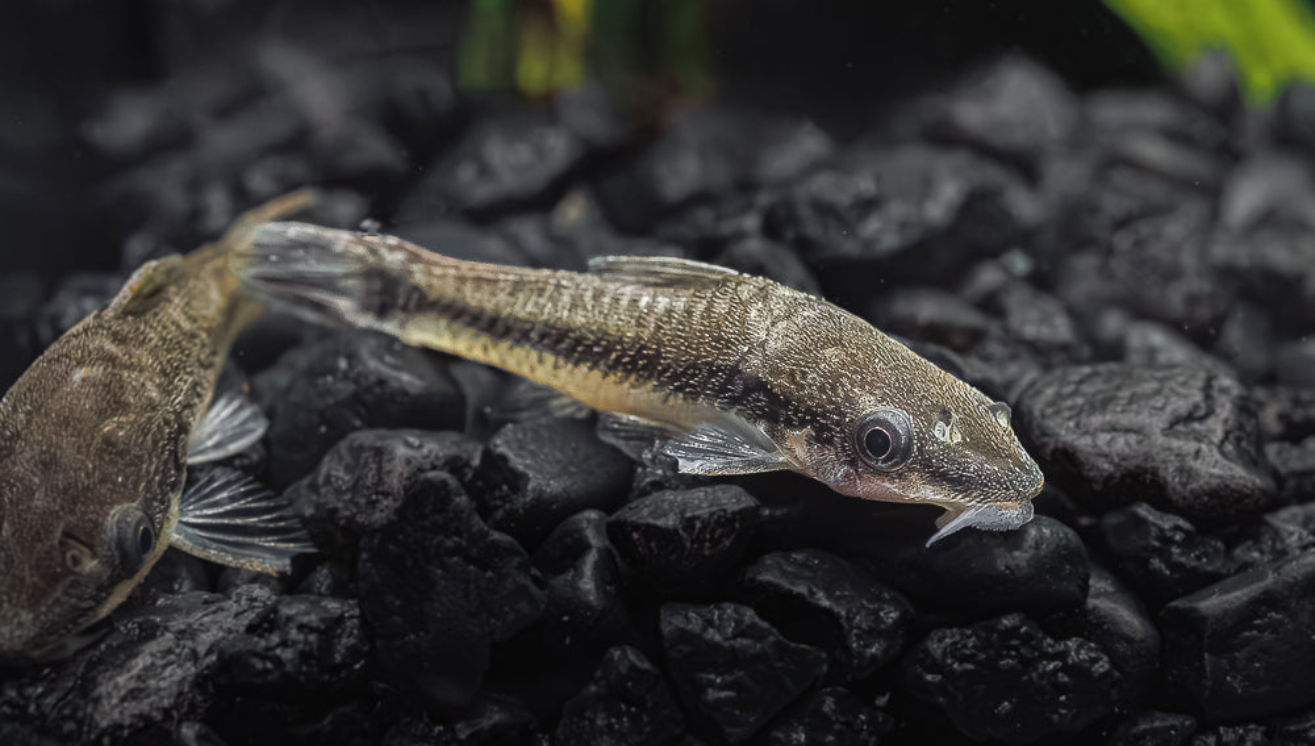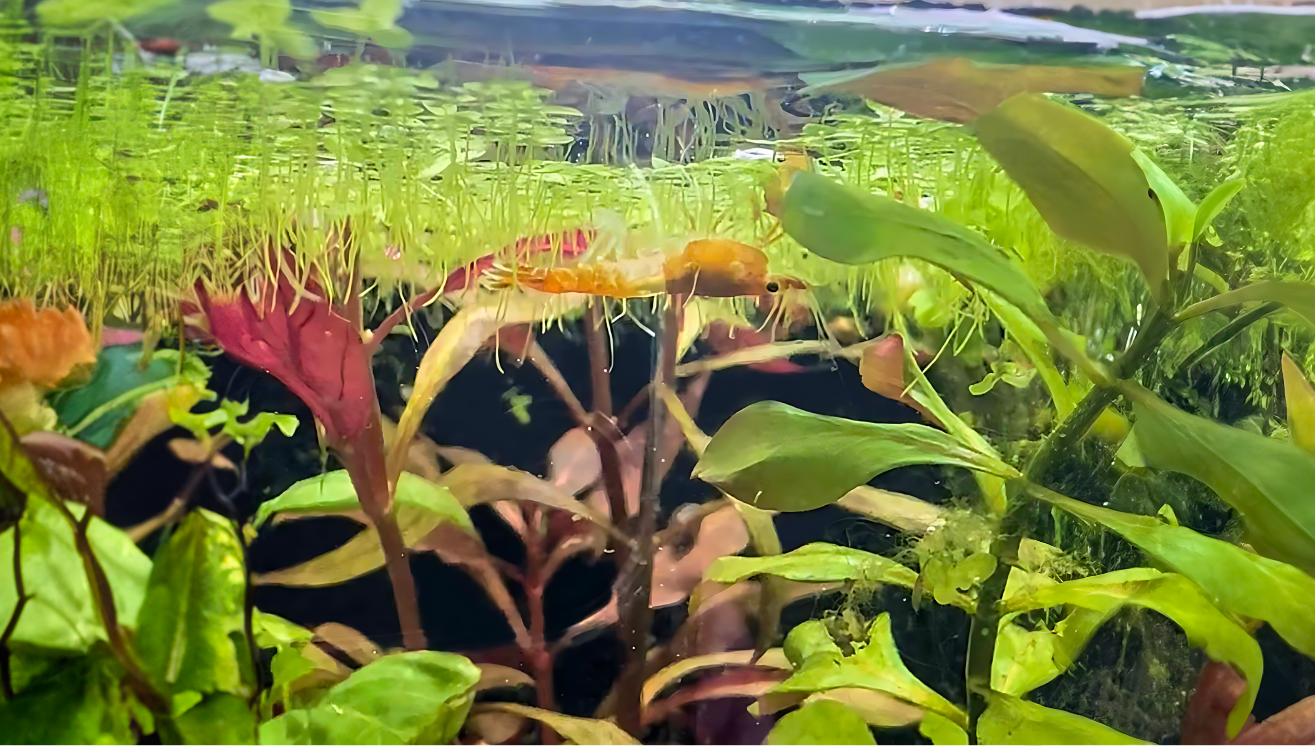Your Cart is Empty
If you’re new to the world of aquarium keeping and looking for a hardy yet captivating addition to your tank, Neocaridina shrimp are an excellent choice. Known for their vibrant and diverse colors—ranging from striking reds and blues to subtle greens and yellows—these freshwater shrimp bring both beauty and functionality to your aquatic setup.
Their hardy nature makes them an ideal choice for beginners, as they are more tolerant of minor fluctuations in water parameters compared to other species. Neocaridina shrimp not only enhance the visual appeal of your tank but also play a big role in maintaining a clean, healthy environment. They’re excellent at controlling algae, making them a valuable addition to any aquarium. Setting up a Neocaridina shrimp tank involves a few key steps, but with basic knowledge and preparation, you can create a thriving habitat for both you and your shrimp.
Choosing the Right Tank
For Neocaridina shrimp, a tank size of 5–10 gallons is often recommended, but we prefer at least a 10-gallon tank for added ease of maintenance. A slightly larger 20-gallon tank offers even greater stability, buffering against fluctuations in water quality and providing a more stable environment. Be sure to choose a tank with a lid—shrimp are notorious escape artists!

Selecting Substrate
Not all shrimp substrate is created equal. Buffering soils (made for Caridina species) should be avoided in Neocaridina tanks. Instead, use an inert substrate that won’t alter your water chemistry—pool filter sand or CaribSea Super Naturals Substrate are both excellent choices.

Filtration
A Matten filter is ideal for shrimp tanks. Its large sponge surface area maximizes space for beneficial bacteria and biofilm (a natural food source for baby shrimp), while providing gentle, even water flow and easy maintenance.

Botanicals
Three botanicals are essential for a successful shrimp tank: leaf litter, Java Moss, and driftwood. They foster biofilm growth, release beneficial tannins, slightly lower pH, and create hiding spots—everything juvenile shrimp need.




Water Conditions
Tap water quality varies and may contain impurities. Many hobbyists prefer reverse osmosis (RO) water for a clean slate. Remineralize with Shrimply GH (aim for 10–16 dGH) and Shrimply KH (4–8 dKH) to ensure proper hardness and pH stability. Use a 2:1 GH:KH ratio and avoid KH boosters if you need a pH below 7.
Setting up a Neocaridina shrimp tank is a rewarding experience that combines beauty with fascinating shrimp behavior. Follow these steps to create a thriving environment—happy shrimp-keeping!









